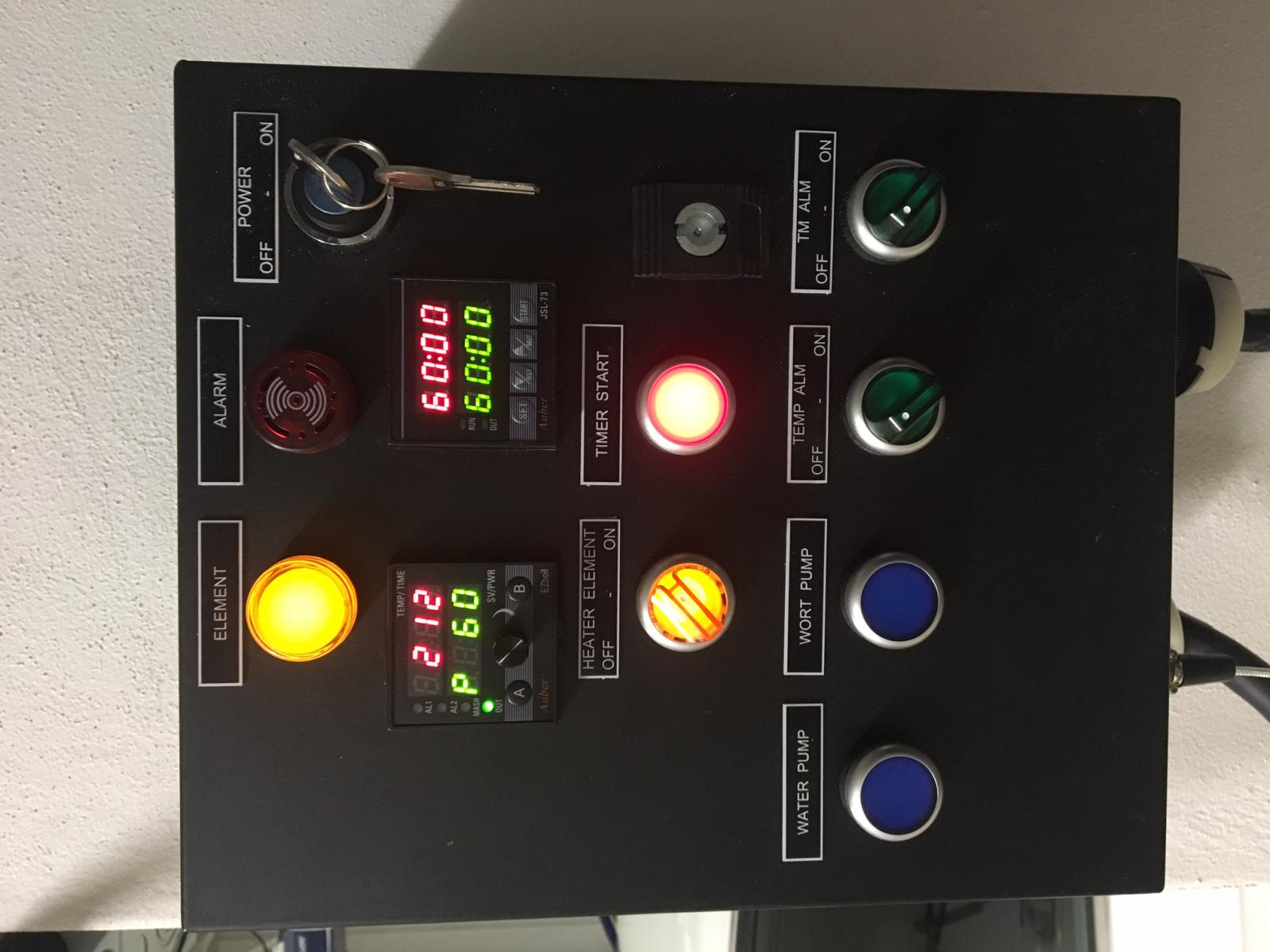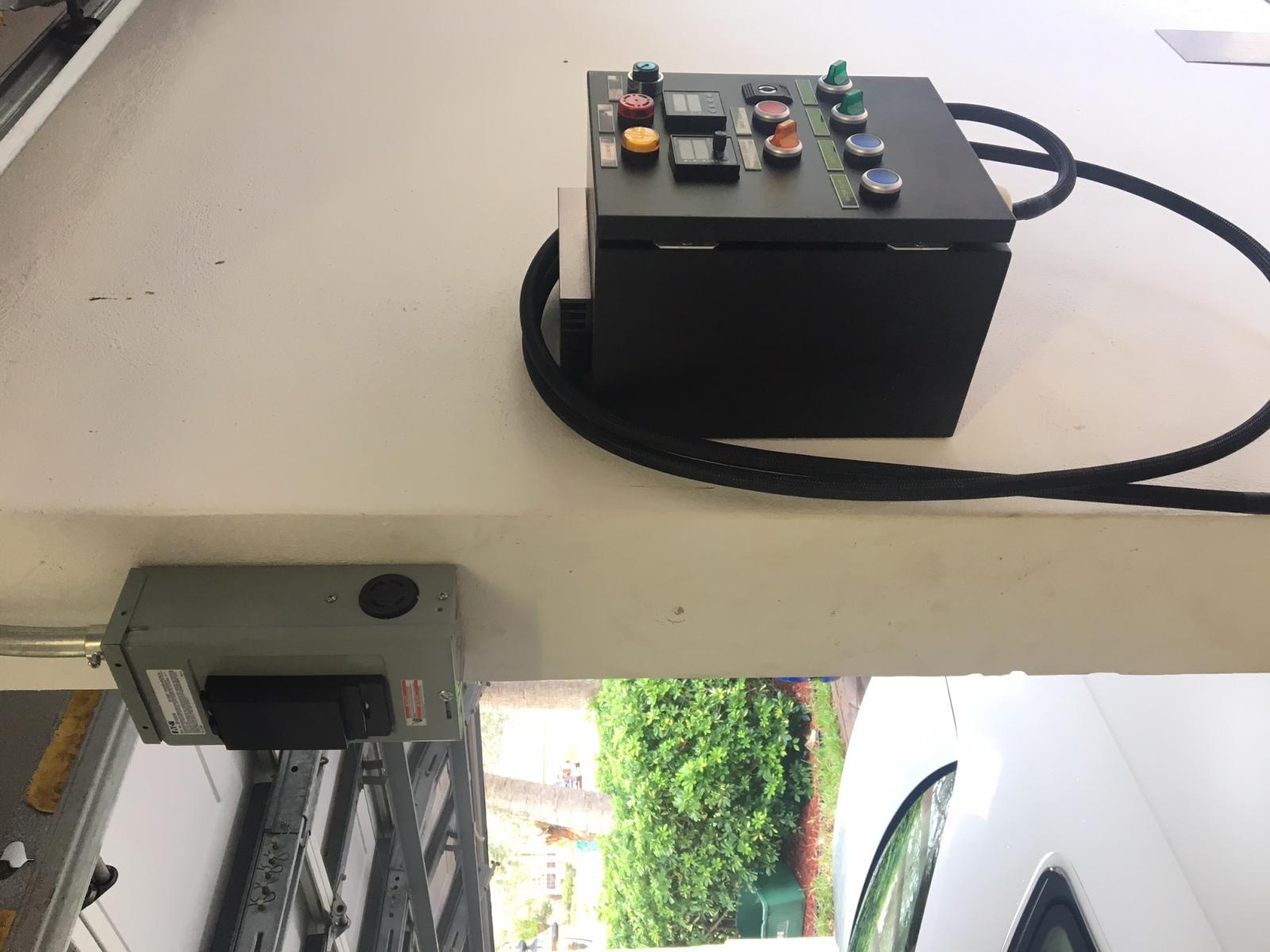Make sure you get your element port lower than the existing main ball valve port, so it has more room between the element and the basket.
My pump return return input level can be moved up or down by hand with a minimal effort, as the tube is just hose-clamped to the spring clip.
I'm sure there is some way to make my recirc return better (manifold, or COFI-tube like Freddie). I've occasionally had issue with my basket filling up and overflowing if I have the pump too high and the grains gum up the mesh basket sides. I believe that leaving recirc off for a bit at the beginning may help with this, and/or having the pump slower.
Do what ya want!
If I were to do it again, I'd not use an automated controller. While it is nice to walk away and know when the chill is done, or whatnot, I find that it is almost more trouble than it is worth. The basic controller like you mention, plus BeerSmith Mobile app, would be a great solution.
Adding a emergency electric cutoff / float switch inside the kettle at the bottom, so the element could never dry-fire, would be nice.
As far as my custom basket design, I am 100% happy with how that turned out.






















![Craft A Brew - Safale S-04 Dry Yeast - Fermentis - English Ale Dry Yeast - For English and American Ales and Hard Apple Ciders - Ingredients for Home Brewing - Beer Making Supplies - [1 Pack]](https://m.media-amazon.com/images/I/41fVGNh6JfL._SL500_.jpg)






































